
You might think you’re having a bad day, but Li Hejun will tell you it could be a heckuva lot worse.
The chairman of Hong Kong-listed Hanergy Thin Film Power, a maker of equipment for the solar power industry, just saw $14 billion wiped off the value of his controlling stake in the company in a so-far unexplained end-of-day crash.
Li had become one of China’s richest men on paper after shares in his company nearly tripled in the first four months of the year, giving it a market capitalization of $40 billion at one stage. For comparison, the U.S.’s largest solar company, First Solar Inc. [fortune-stock symbol=”FSLR”], is worth $5.6 billion. But the company’s shares fell over 42% in the last half-hour of trading in Hong Kong Wednesday, before being suspended by the local market regulator.
The boom in Hanergy’s shares has raised eyebrows. Transparency about the company’s business practices is limited by the fact that most of its sales go to a single company–its parent, the privately-held Hanergy Group. That has fostered suspicions–denied by the company–that it may be overstating its financial strength.
The collapse appeared to be triggered by Li’s failure to attend the company’s annual shareholder meeting. In one of the more memorable corporate quotes of recent times, The Financial Times reported a company spokesman as saying that Li “had something to do” instead.
Sentiment towards China’s solar companies had been battered on Tuesday after one of Hanergy’s biggest rivals, New York-listed Yingli Green Energy Holding [fortune-stock symbol=”YGE”] said in its annual report that there was “substantial doubt” as to its ability to continue as a going concern, driving its shares down 37%. The company put out a statement Wednesday saying that the media had blown its comments out of proportion.
See the World's Largest Solar Plants From Above
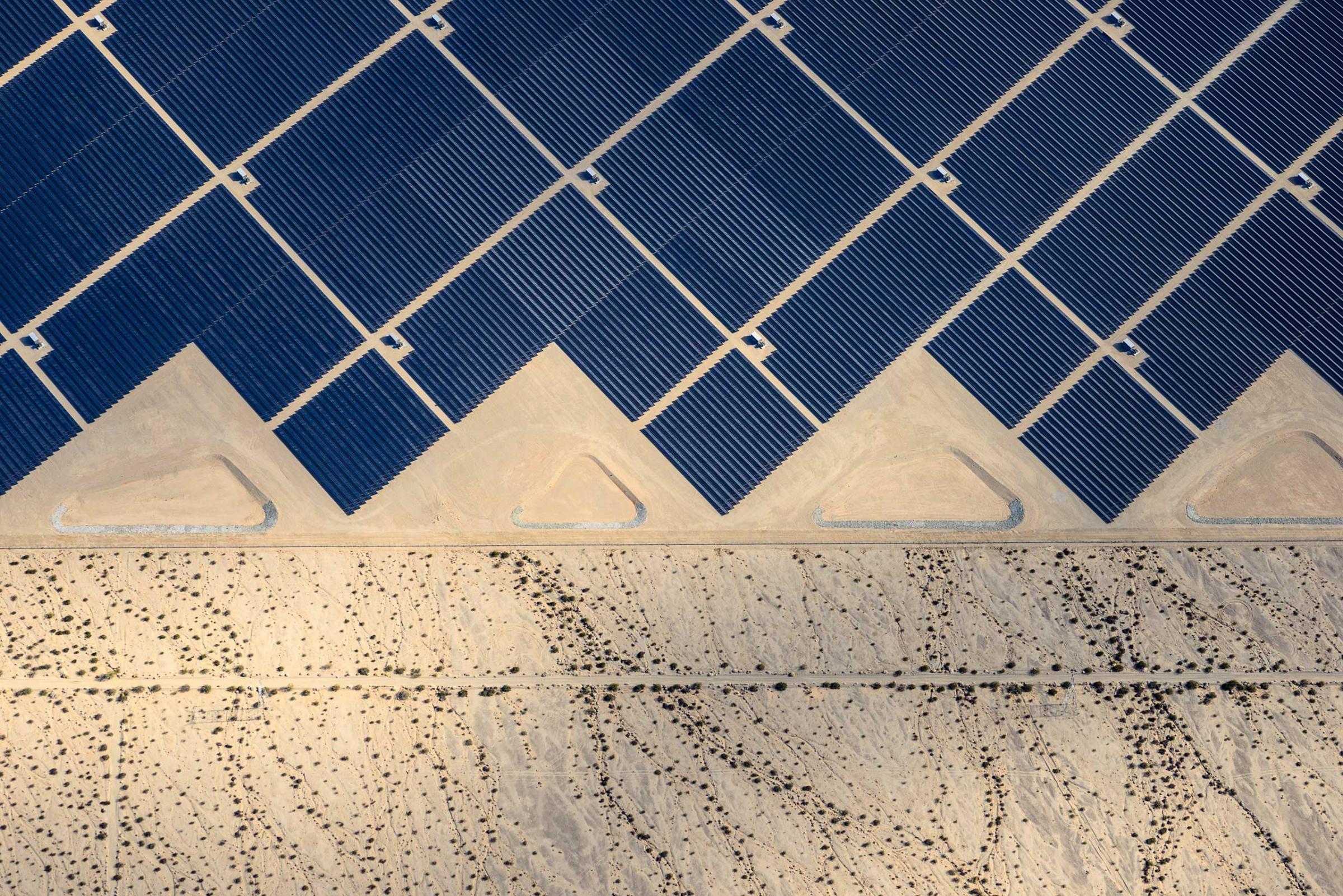
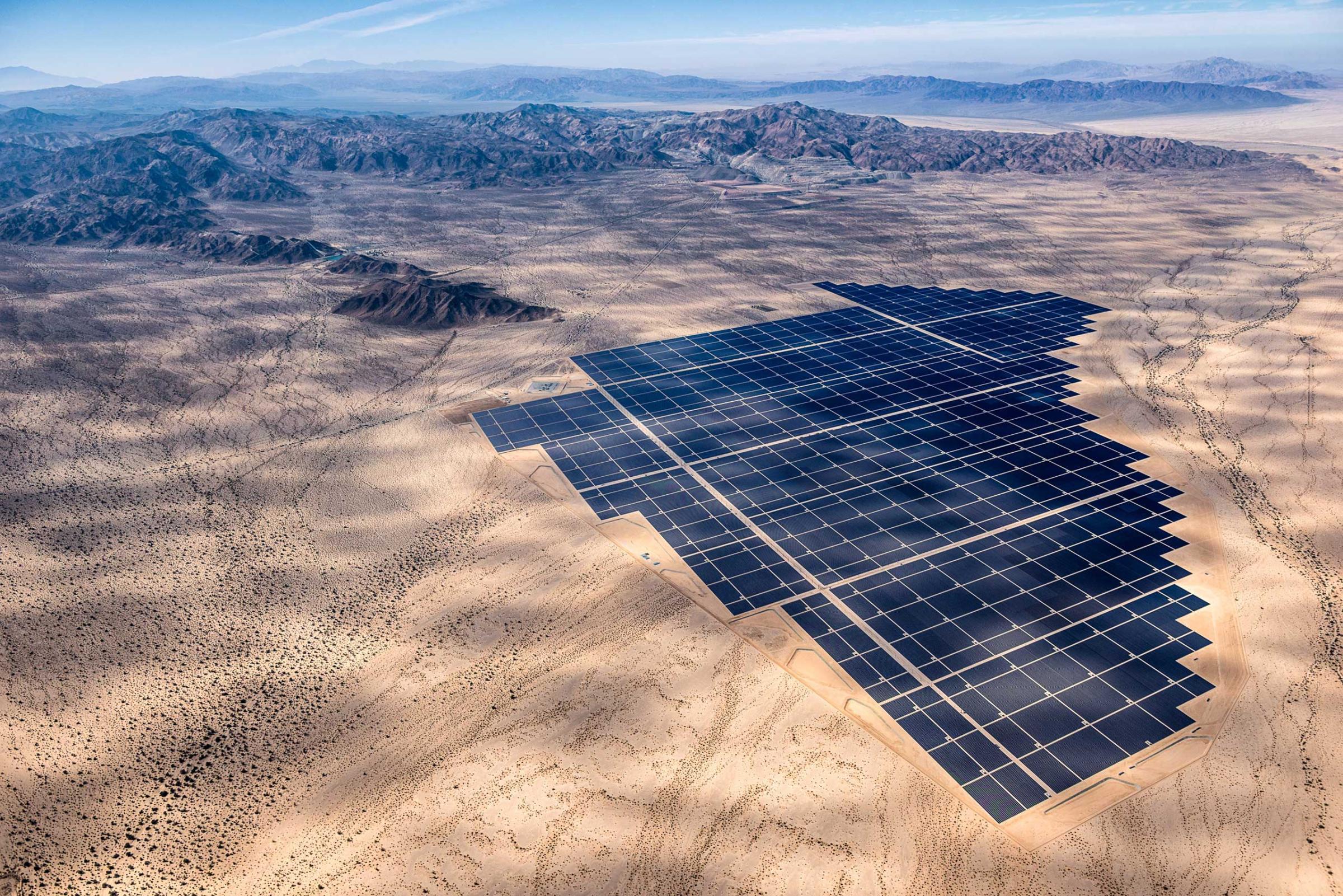
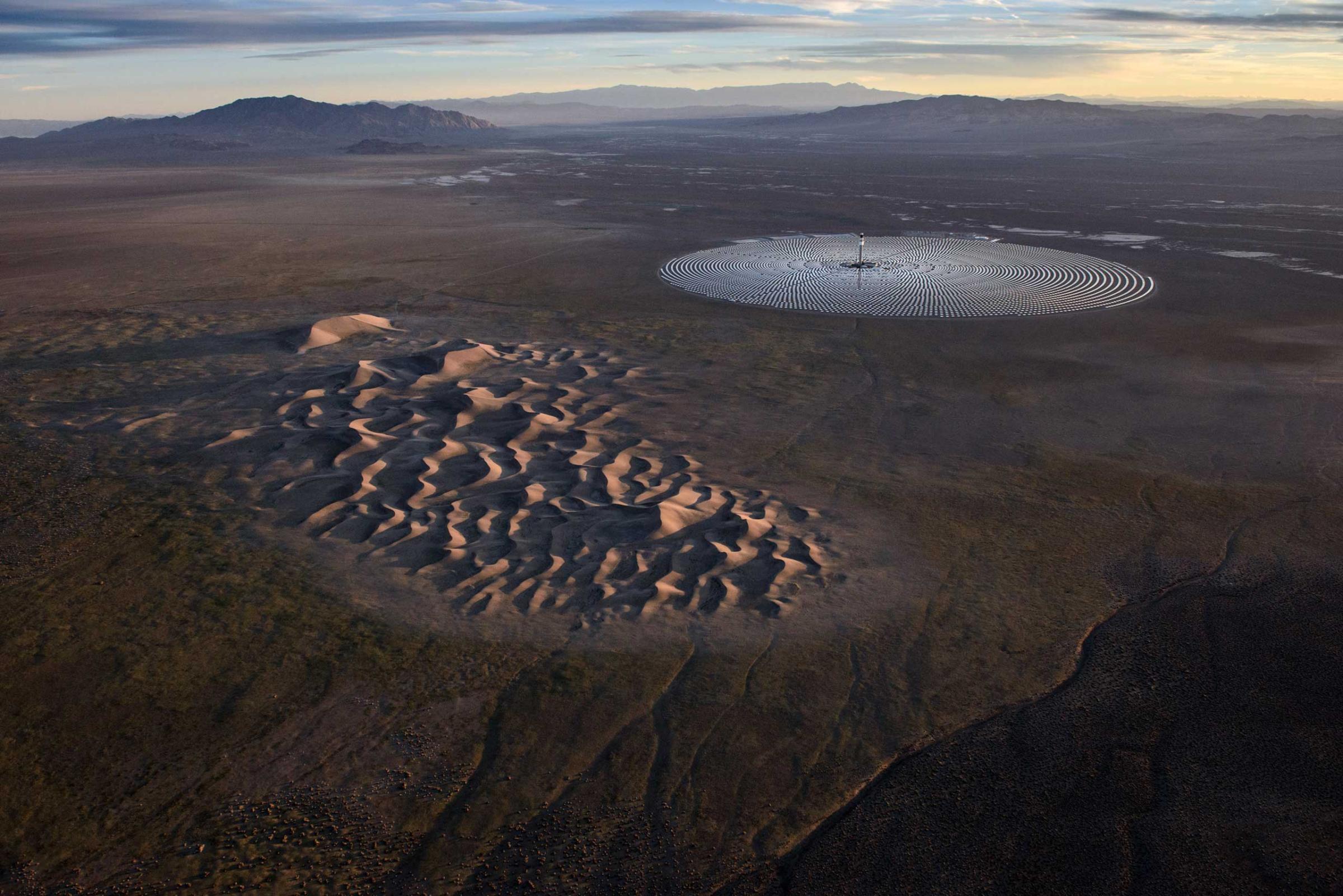
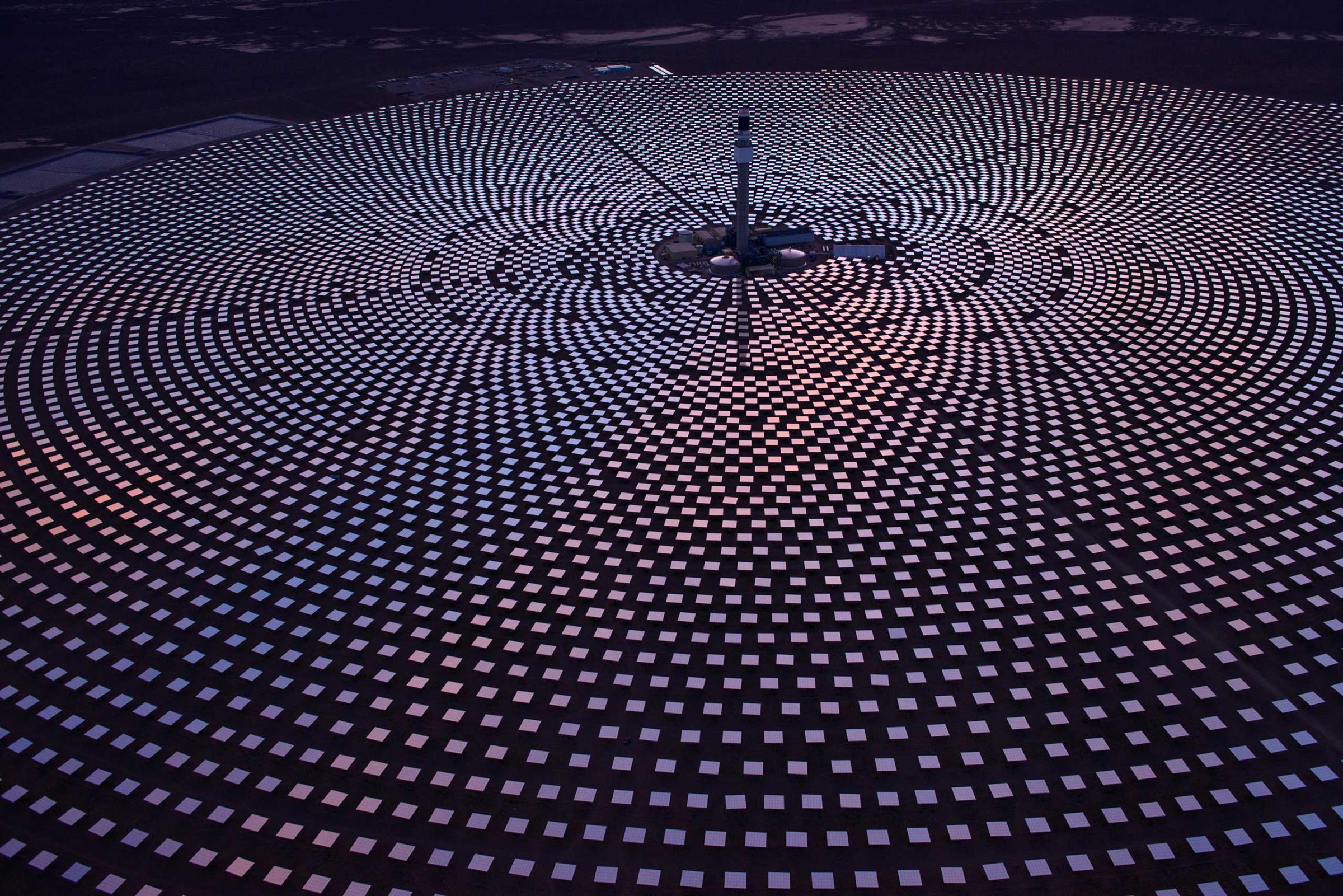
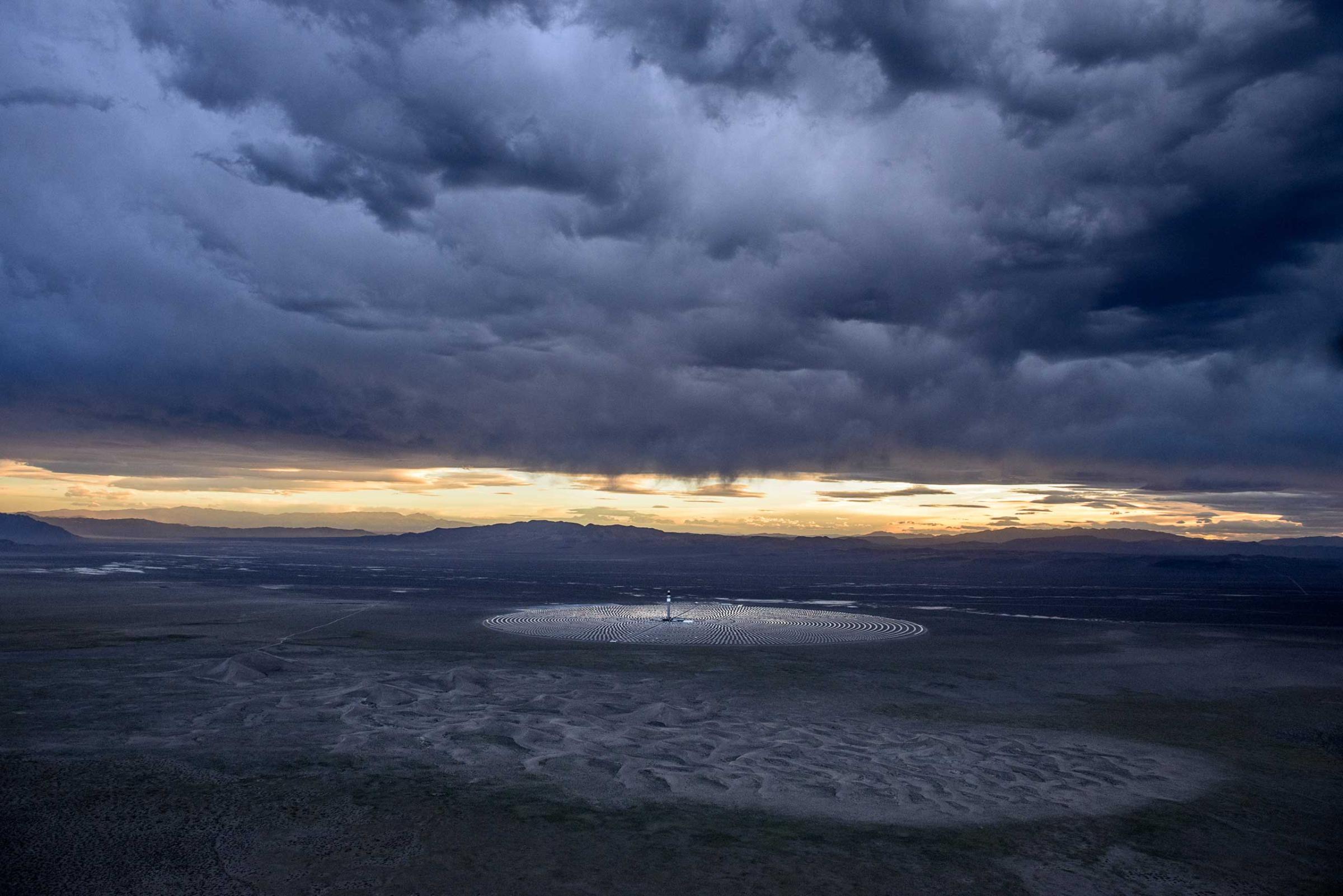
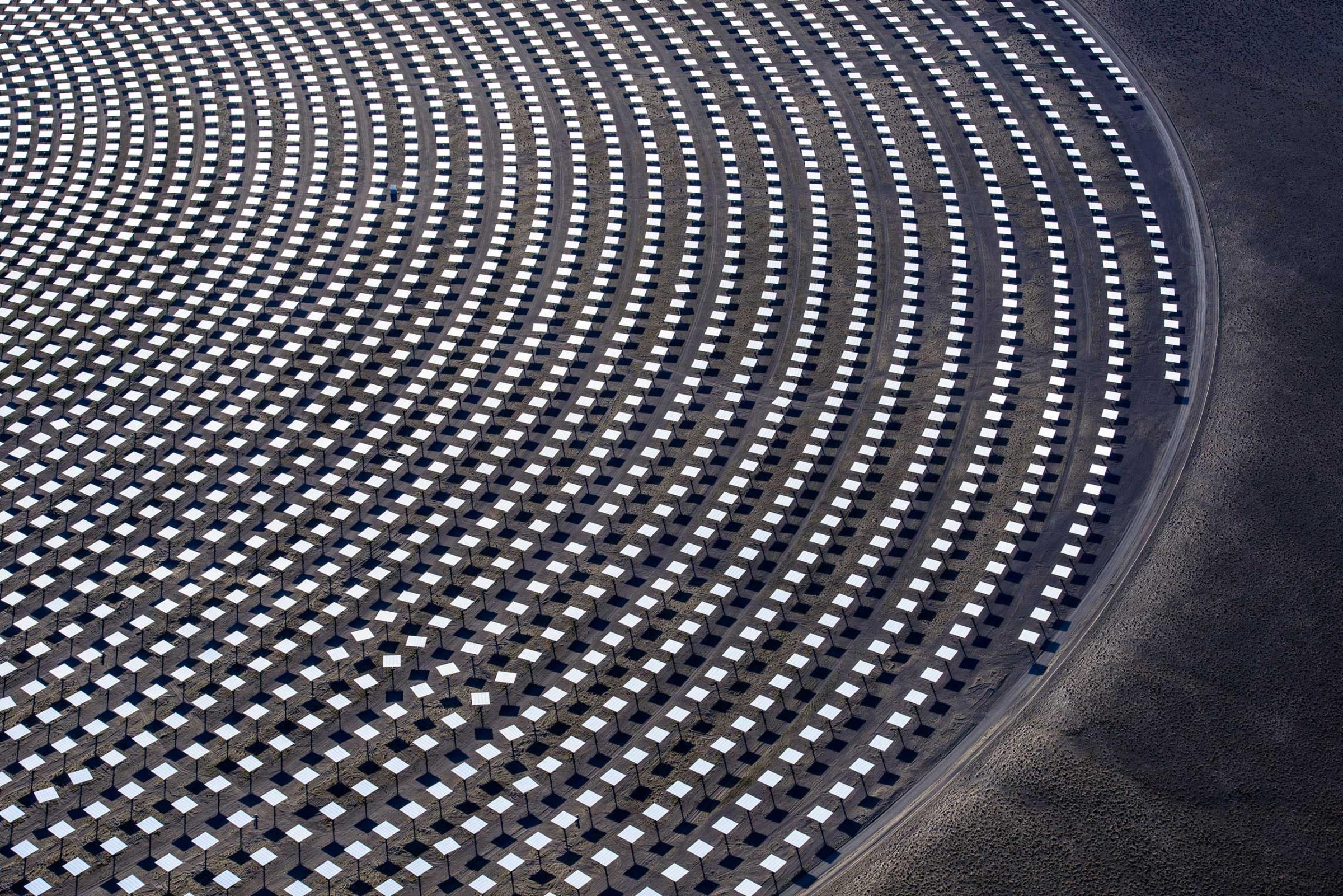
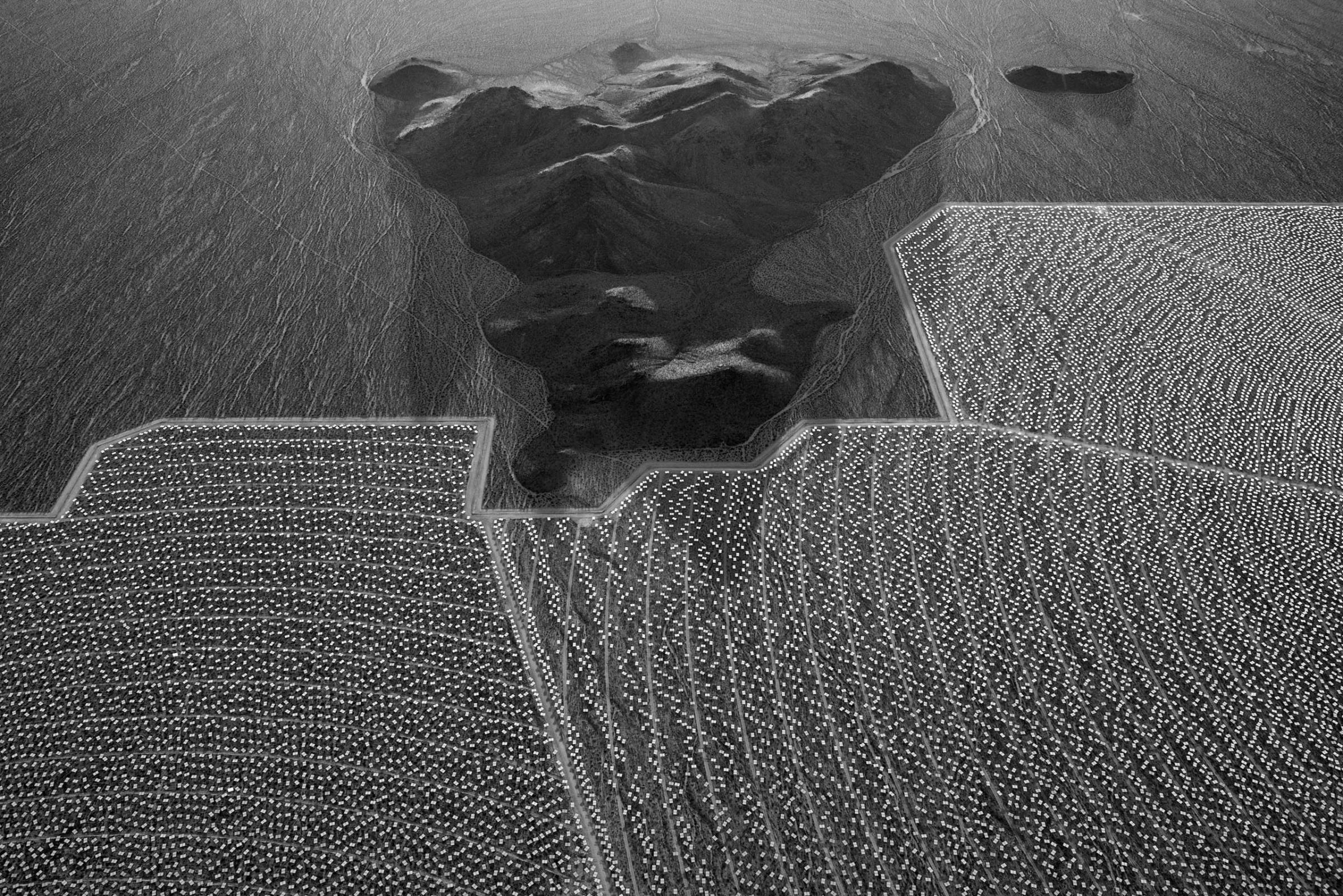
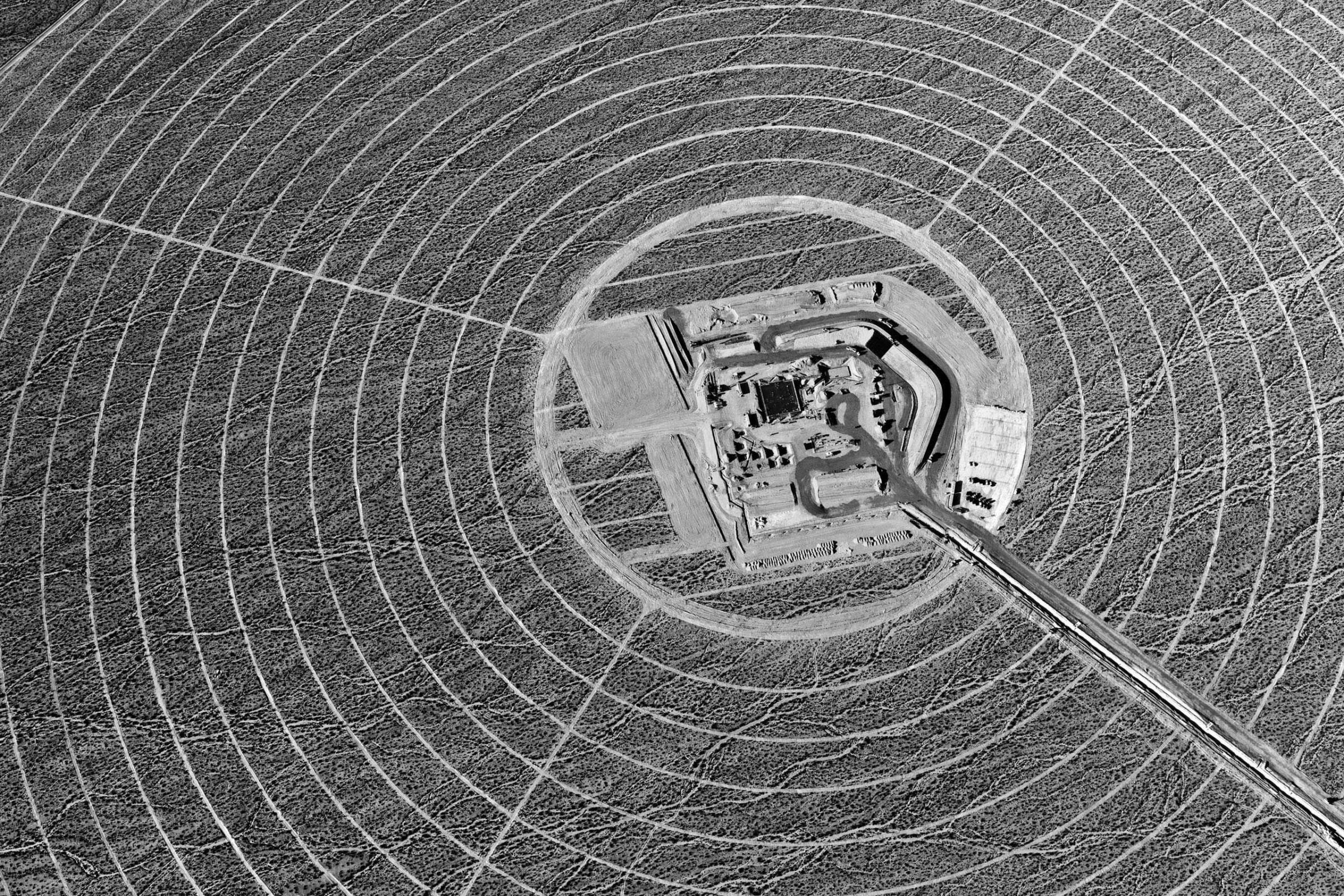
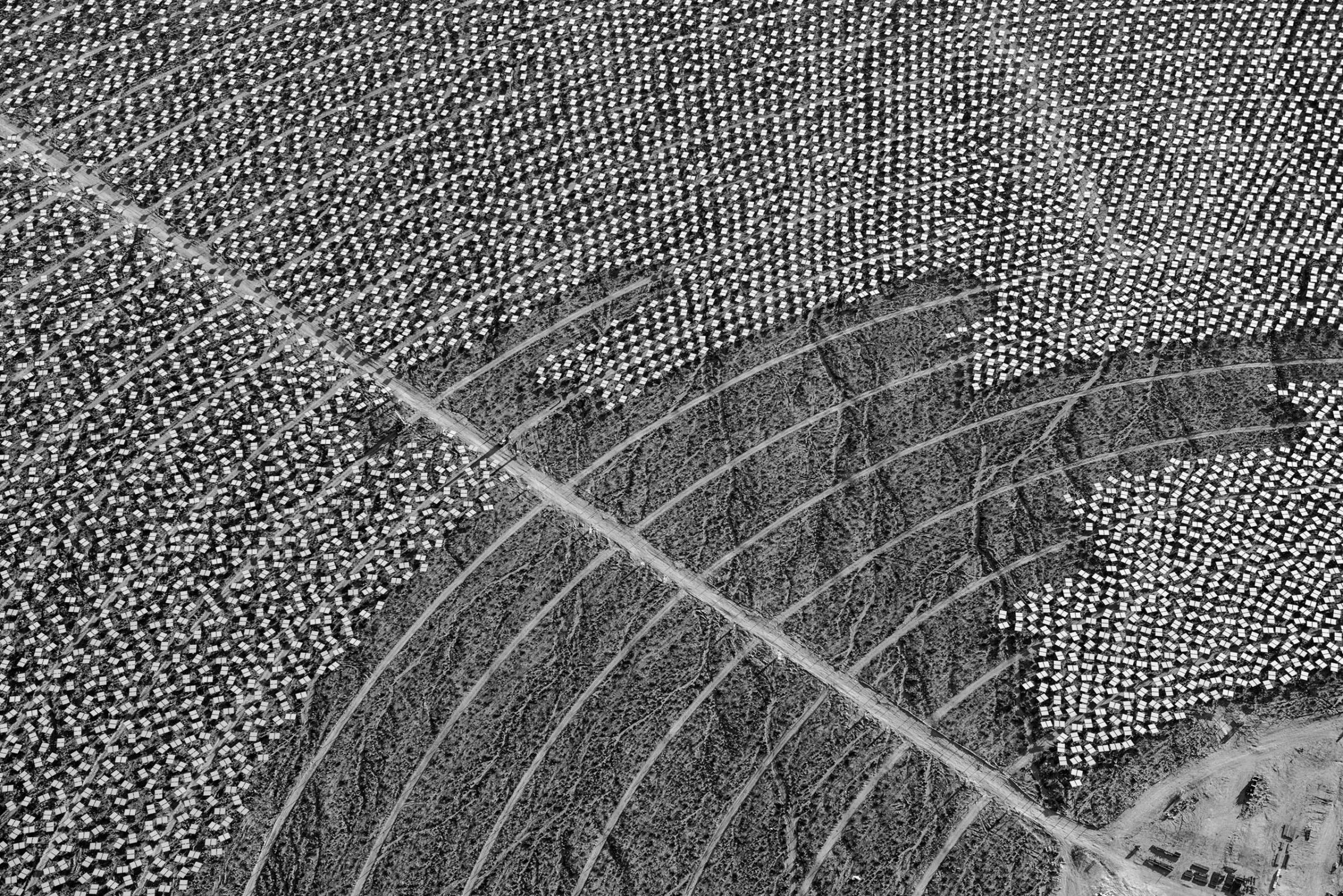
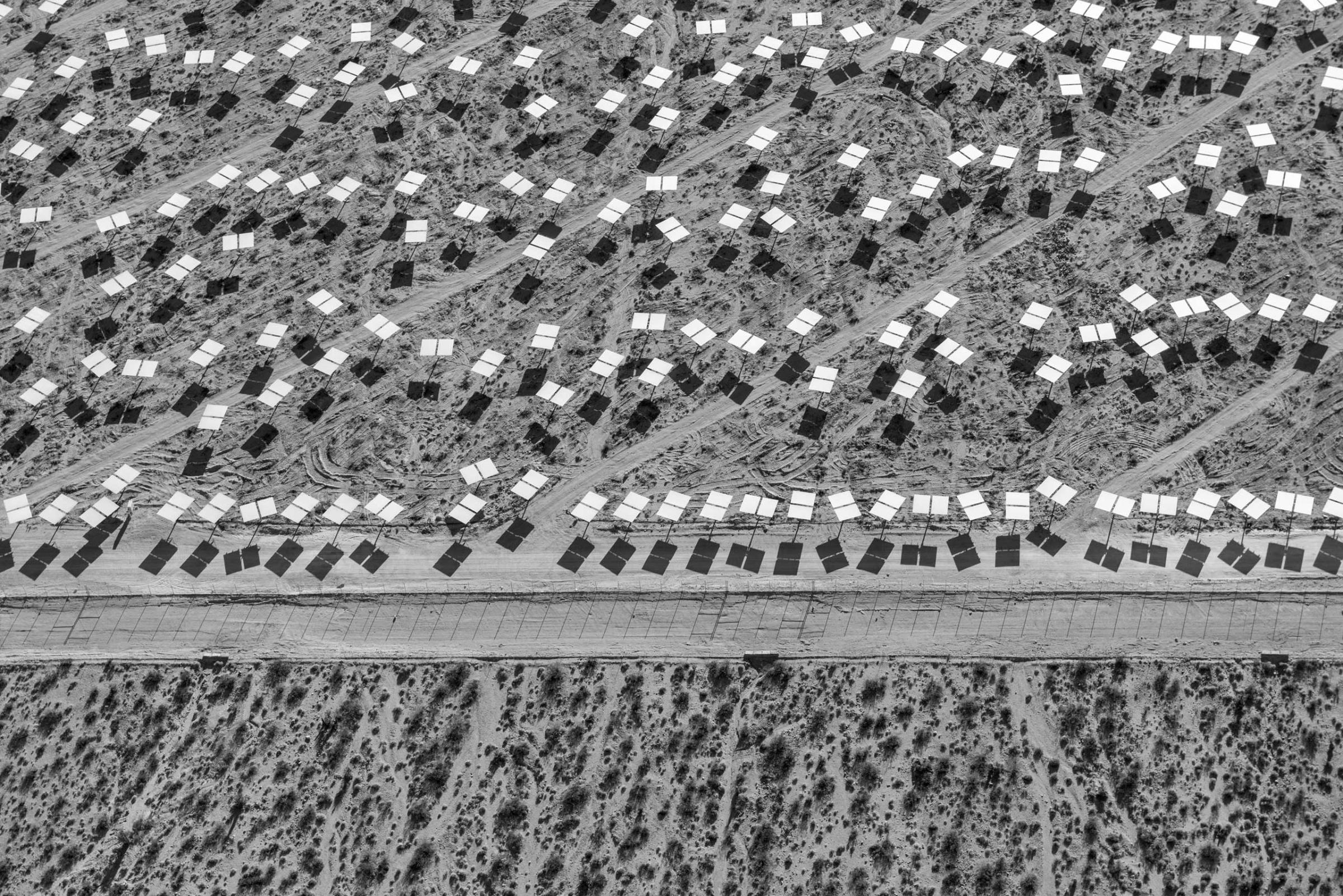
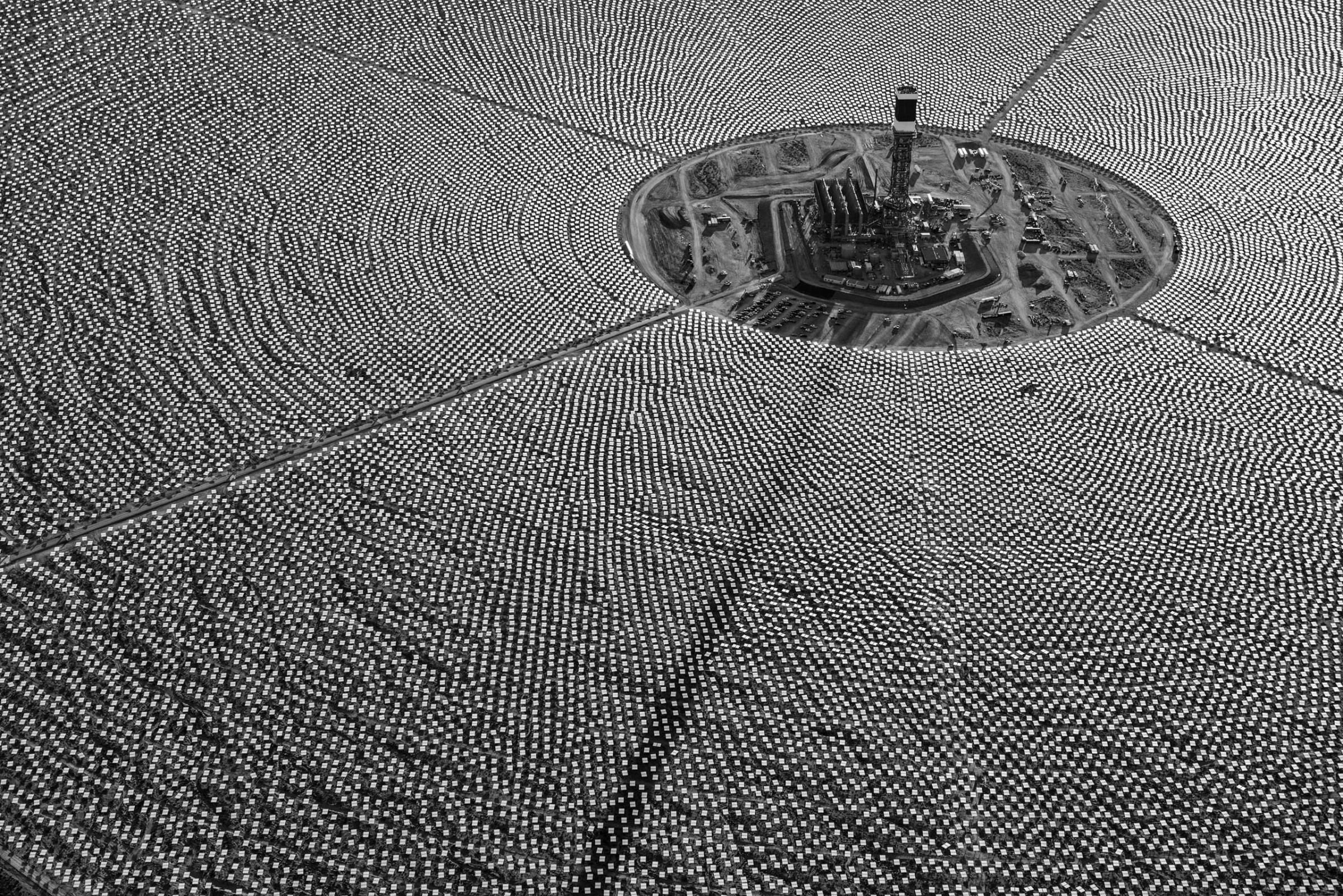
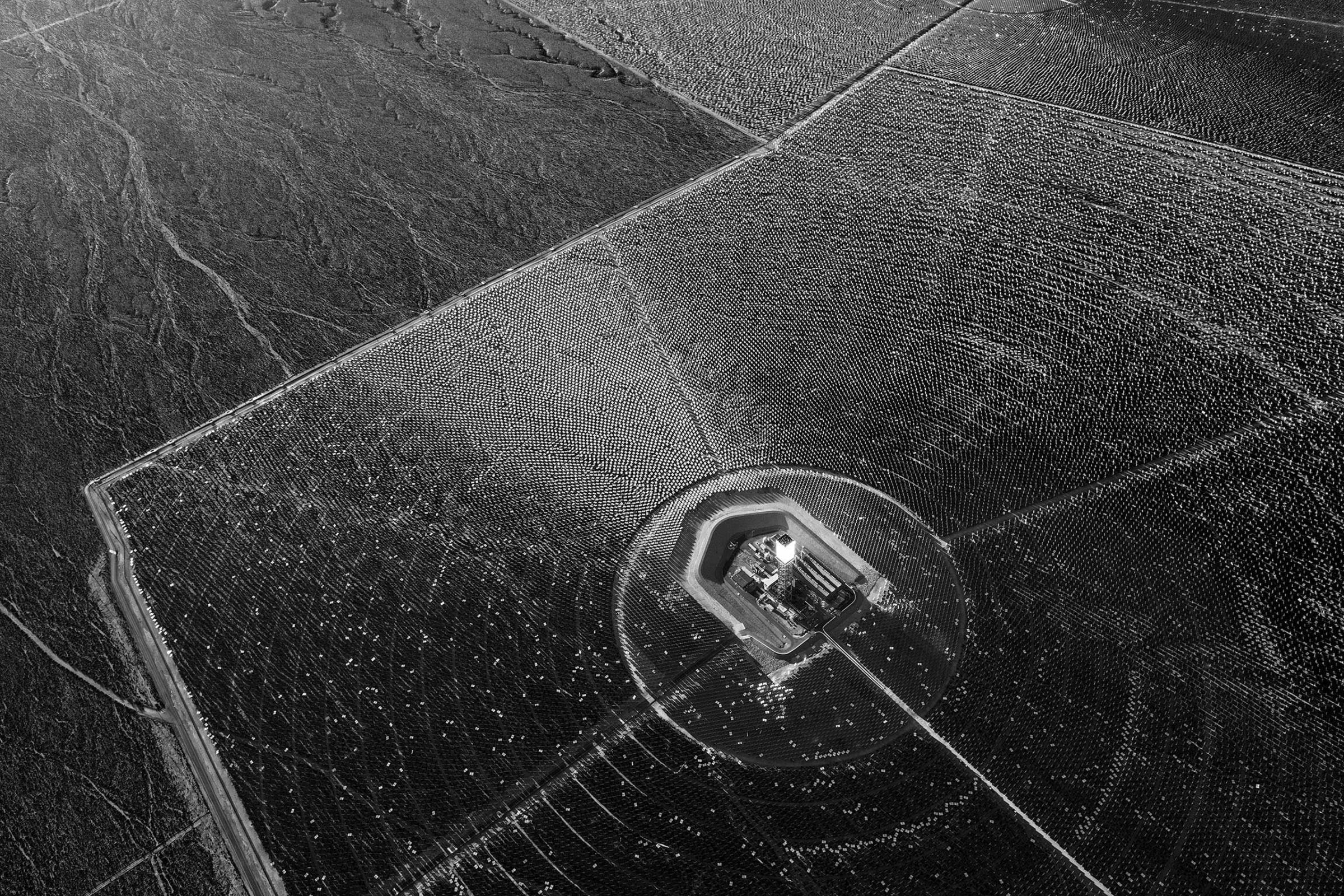

More Must-Reads from TIME
- How the Economy is Doing in the Swing States
- Harris Battles For the Bro Vote
- Our Guide to Voting in the 2024 Election
- Mel Robbins Will Make You Do It
- Why Vinegar Is So Good for You
- You Don’t Have to Dread the End of Daylight Saving
- The 20 Best Halloween TV Episodes of All Time
- Meet TIME's Newest Class of Next Generation Leaders
Contact us at letters@time.com